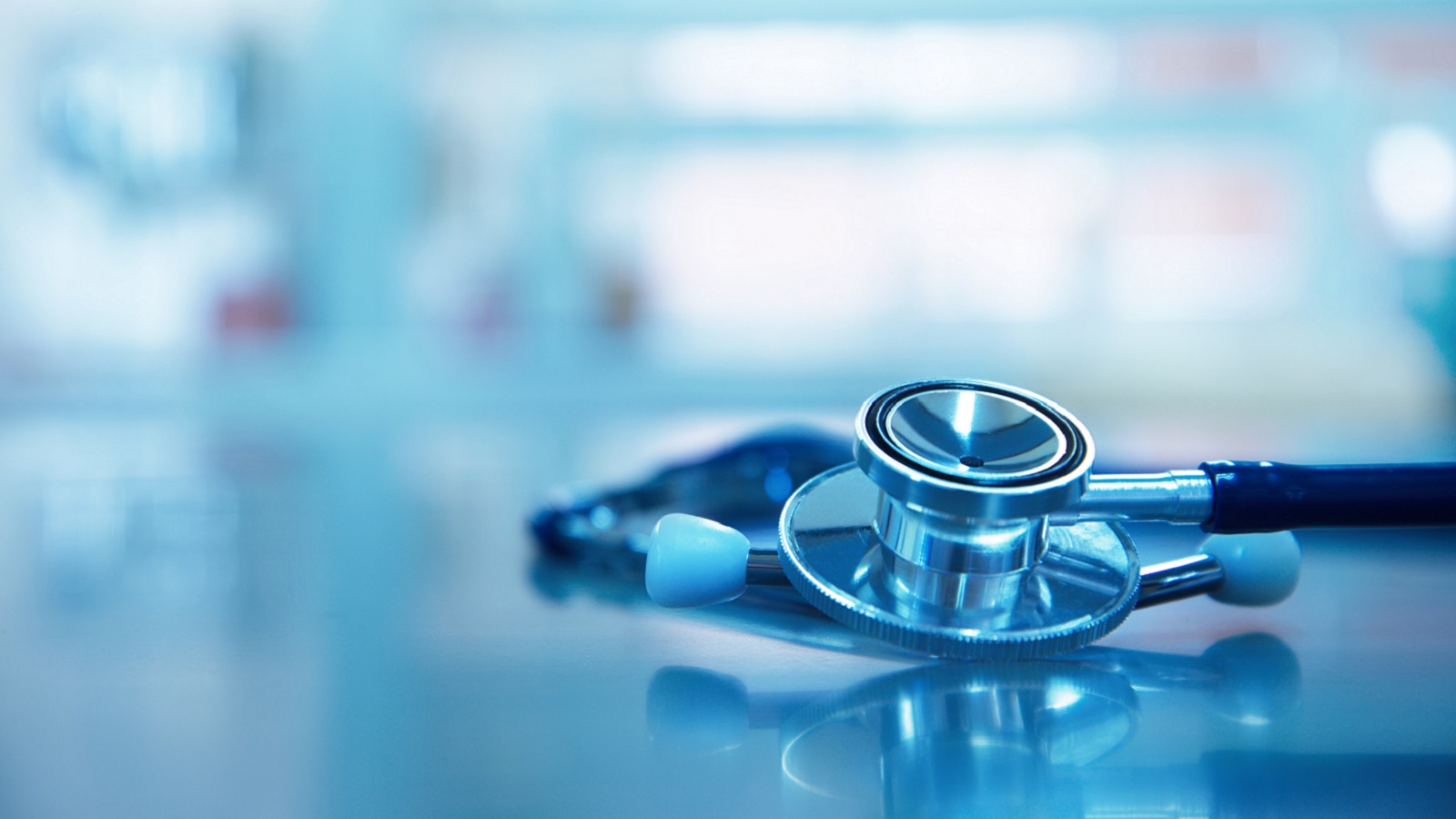March 12 & 13, 2020. Just three months ago, yet it seems like eons. All my meetings were abruptly canceled so I could attend urgent education team meetings to discuss how to proceed with our medical school curriculum in the setting of the COVID-19 pandemic. Like many medical schools across the United States, we suspended in-person pre-clerkship lectures and small groups, clinical clerkships and electives and rapidly transitioned to online learning. Faculty, many of whom were digital immigrants (myself included), found themselves forced to use the very technology they had avoided for years. Recording lectures at home on their laptops. Leading virtual small groups using online platforms. Experimenting with chat functions and online polls to encourage group participation. Merging phone calls for group meetings and using online platforms to collaborate on shared documents and projects. Without question, COVID-19 wreaked havoc on medical student education. Yet, COVID-19 has also fostered creativity and innovation with a momentum that is atypical to the traditionally slow pace of change in medical education.
I am the first to say how much I miss in-person teaching, learning and meetings. I miss seeing medical students walking through the medical school and stopping by my office. I miss working one-on-one with students in my outpatient primary care practice. I miss in-person mentoring meetings. And while nothing can replace these in-person interactions and authentic clinical experiences, I have also witnessed remarkable transformations in medical student education.
In-person lectures—a medical school staple—were no longer possible given physical distancing requirements. As a result, COVID-19 accelerated implementation of the “flipped classroom.” Now more than ever, educators must purposefully identify which content students can learn independently prior to the virtual, “in-person” learning time, which is utilized for knowledge application and skill-building. Because effective online videos are brief, faculty must now consider how to efficiently organize and convey information.
With the suspension of clinical rotations, educators have identified the clinical skills students are expected to acquire during their clerkship year. Pre-COVID, we assumed learners acquired these skills through clinical immersion. Now, conversations focus on how to explicitly teach and assess these very skills. We are using more technology, including virtual and augmented reality, to supplement clinical experiences and ensure student exposure to and mastery of knowledge and skills. Given the unpredictable nature of the clinical environment pre-COVID, it was challenging to ensure that all students were exposed to specific diseases or clinical situations. As a result of the COVID-19 pandemic, many of us quickly built multiple high-fidelity simulations that can now ensure similar clinical exposure for all students.
The COVID-19 pandemic has also influenced how curriculum is developed. Here at the University of Pennsylvania Perelman School of Medicine, medical students, residents and fellows assumed an invaluable role participating in the development of new electives and curricular experiences. It has been exciting to watch students and residents propose ideas for new electives and identify the content they believe will enable them to meet their learning needs. Additionally, students and residents helped identify preferred educational methods and strategies to facilitate knowledge and skill acquisition—an outstanding example of learner-centered learning and education co-production.
COVID-19 has also highlighted important topics that only recently made their way into medical education: health system science, service learning, social determinants of health and telehealth. COVID-19 has elevated the importance of health system science as hospitals and health systems quickly innovate and re-imagine how healthcare is delivered, adapt care delivery to rapidly changing needs, focus on population health and advance clinical informatics while leveraging interprofessional teams.
Further, while students learned the biology of COVID-19, they simultaneously engaged in learning about social determinants of health and the disproportionate toll of COVID on Black and Brown communities.
As clinical rotations were suspended, medical students across the country identified and engaged in community service learning—creating systems to help patients access care, providing food and supplies to vulnerable patient populations, staffing COVID hotlines and identifying and addressing patients’ social needs.
Additionally, students have developed skills in telehealth, which is clearly here to stay. As a primary care physician who has transitioned to telehealth, as well as precepted students during telehealth sessions, I have seen how telehealth can be an opportunity to observe and provide students with feedback about core skills, such as patient-centered interviewing, counseling and shared decision-making.
In the past few months, many medical schools have shortened the length of their core clerkships. If cases surge again and students cannot participate in authentic clinical training, we must ensure that potentially shortened and altered clinical exposure does not interfere with the attainment of key skills. As clinical time and exposure become variable, educators must articulate the outcomes we desire and ensure assessment systems to guarantee those outcomes are realized.
COVID-19 is also changing the transition from medical school to residency. We have much to learn about the impact of restricting away electives, delaying the residency application timeline, decreasing the number of required letters of recommendation and transitioning to virtual interviews. What will be lost with these changes? What may be gained? Perhaps medical schools could “reclaim” part of the lost fourth year that is currently consumed by the residency application process, while students may save thousands of dollars by not traveling for interviews.
Finally, COVID-19 has brought conversations about wellness to the forefront. Many health systems have launched new resources to address physician wellness given the taxing nature of the work, particularly throughout the pandemic. This is an important opportunity to role model the importance of wellness for our students and provide systems-level resources that promote and enhance physician well-being.
Necessity drives innovation, though the permanency of innovation is not guaranteed. We must rigorously assess the changes we have made to determine what’s effective and what is not. I suspect many changes will be deemed effective, and my hope is these effective changes will be maintained far beyond the pandemic. Without question, the past few months have been difficult. However, I remain optimistic that this experience will serve as a constant reminder that medical education can be flexible and innovative—that we can quickly shift to the way things should be rather than remain constrained by what is.
**Feature photo obtained with standard license on Shutterstock.
Interested in contributing to the Harvard Primary Care Blog? Review our submission guidelines
Interested in other articles like this? Subscribe to the Center's bi-weekly newsletter

Jennifer Kogan, MD, is the Associate Dean for Student Success and Professional Development at the Perelman School of Medicine at the University of Pennsylvania. She is a Professor of Medicine and Primary Care Physician.
- Share
-
Permalink


